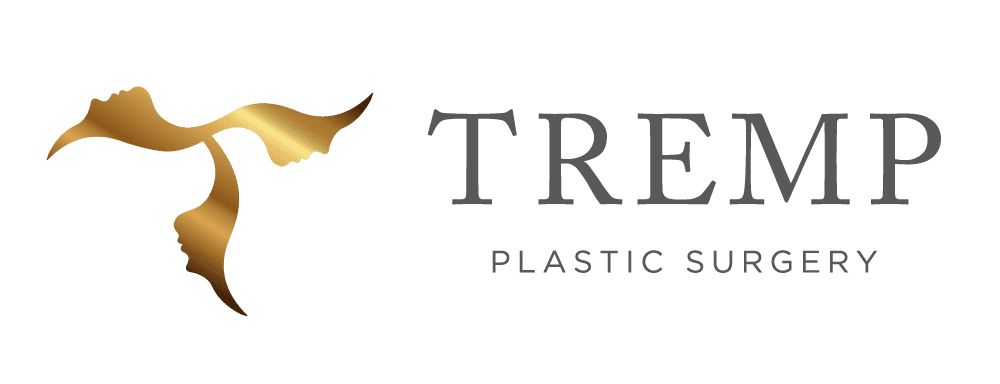- About
- Face & Skin
- Cellulite treatment
- Excessive sweating in women and men
- Facial and skin treatments
- Facial Surgery
- Hydrafacial treatment
- IV drips (vitamin infusions)
- Laser treatment
- Lip Lift
- Mesotherapy (skin structure )
- Special Offers by TREMP PLASTIC SURGERY
- Treatments with Skin Ceuticals
- Wrinkle and facial treatments with botulinum
- Wrinkle and facial treatments with filler
- Face
- Breast
- Body
- Offers
- Blog
- Contact
- EN
- DE
Lipedema is a common fat distribution disorder and affects about 10% of women. Typically, the legs are affected by a disproportionate accumulation of fat tissue. There is often a feeling of tightness and the fat accumulation does not change with weight loss. Stress or hormonal changes can increase lipedema. In the advanced stages, pain and bruising are common. The treatment of lipedema is very effective and involves a holistic concept.


What is the cause of lipedema?
Although lipedema was described as early as 1940, very little is known today about its cause. Typically, the fatty tissue is painful and the patients are often very psychologically burdened by the lipedema. Triggers are stress or hormonal changes, and lipedema often begins in the 3rd decade of life.
Can lipedema improve with weight loss?
Although obesity can aggravate lipedema, unfortunately the fat distribution disorder cannot be influenced by diet and weight loss. On the contrary, the stress of weight loss can increase lipedema.
How does lipedema present itself?
Characteristically, the legs are involved, leading to a dysproportional body image. The arms can be 30% affected. This is in contrast to general overweight, where fat accumulation is proportional. Typically, there is a pressure pain and a tendency to haematoma due to the so-called “micoangiopathy” (= disease of the small blood vessels).
What is the difference between lipedema and lymphoedema?
In lipedema, the feet and hands are typically not affected. In the late stages of lipedema, lymphoedema may also occur. The oedema in lymphoedema can be reduced by compression therapy, but less so in lipoedema. Patients with lymphoedema have less pain, but infections are more frequent.
How is lipedema treated?
Non-surgical treatment includes compression therapy, manual lymphatic drainage, exercise therapy (aquafit), skin care and nutritional counselling. Medication can have a complementary effect.
The surgical treatment of choice is suction of the affected fat tissue with the vibration technique (power-assisted liposuction, MicroAire PAL device).
This device is very effective and spares the lymph vessels. Liposuction reduces pain, improves quality of life and improves gait. Several sessions are often necessary, with one surgical area being treated per session.
How many treatments are necessary?
Several sessions are often necessary, with one surgical area being treated per session.
What is the aftercare like after liposuction?
Compression therapy after surgical treatment is very important, along with a healthy diet, manual lymphatic drainage (at least 10 sessions), and regular physical activity.
Does the health insurance pay for the treatment?
Unfortunately, it is still the case today that the health insurance hardly covers the treatment even though the treatment is more reconstructive than aesthetic. This can be checked individually, but the conditions for covering the costs are very strict.
July 19, 2024

